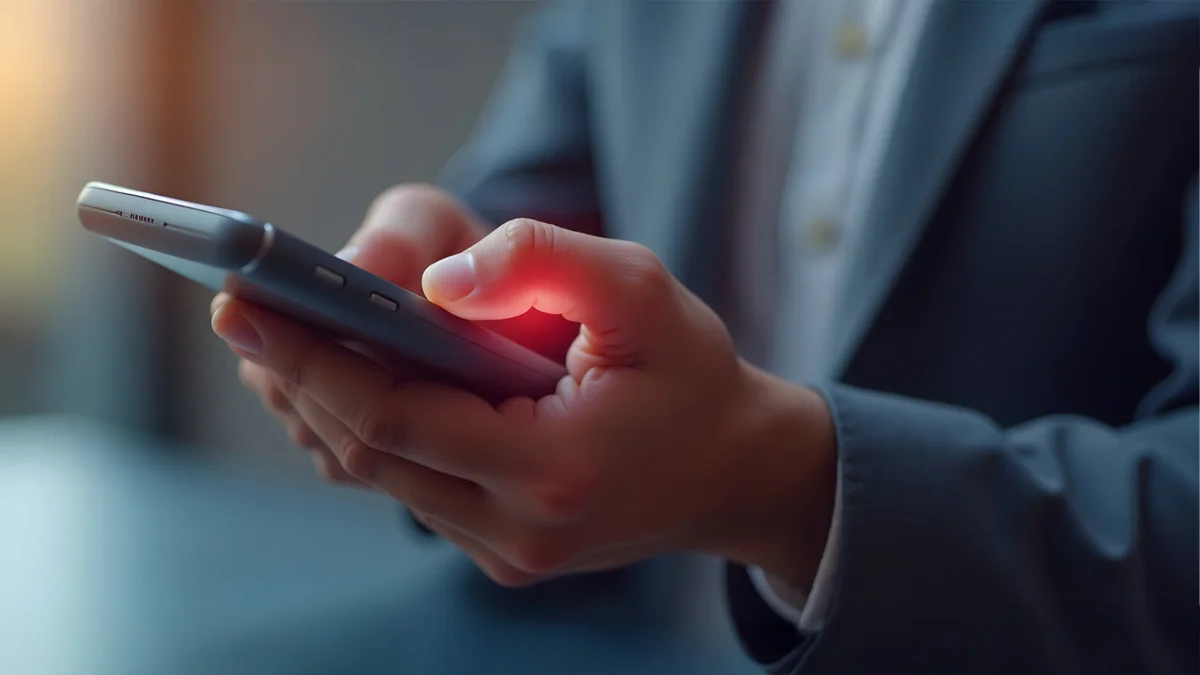
Like many people, every new year I make resolutions. The problem is that, like many people, within a month I’ve usually broken them and am left with the feeling of uselessness and despondency that this creates. However, this year things are different. At the time of writing (and I hope at the time of you reading) I have managed not to break a single resolution.
That’s unusual for me. Throughout my 20s I managed to fail to keep them every single year, usually within weeks. I put my success this time down to taking a different approach. I’m going to detail it here because it is one that I hope can help you, whether you’re looking to introduce a new habit into your personal or work life.
Here it is: instead of trying to build a good habit from scratch, I swapped a bad one for a better one. That way, whenever my brain went on autopilot and reached for the old habit, I had a seamless replacement in place.
This process is called “habit reversal” and it is a behavioural therapy technique that involves replacing an unwanted habit with a more desirable one. By identifying the cue that triggers the bad habit, you can substitute the routine with more positive behaviour while maintaining the same reward, effectively rewiring your habit loop.
The habit I wanted to replace was mindless scrolling on my phone. I was tired of seeing couples’ gender reveals of soon-to-be-born babies and the latest madcap conspiracy theories, so I decided to start journaling.
The romantic approach would have been to buy another Moleskine notebook, only for it to be used twice before disappearing into a cupboard, eventually making its way to the tip during our next house move. But I knew that for this habit to stick, it had to feel as effortless as the one I was replacing.
So, instead of trying to ditch my phone, I turned it into the solution, using the same device I was addicted to but this time for something useful in those moments when I feel the urge to scroll. That could be when I’m watching a horror film with my wife (we recently watched The Substance, which turned out to be way too gory for my delicate mind) or while waiting in the queue for self-checkout at the supermarket, or for someone to verify my ID to buy painkillers to get over the aforementioned film.
Any time I reach for my phone to scroll, I had to open my journal app instead and write something, even if it was just a single sentence. To make the switch easier, I put the journal app exactly where the Instagram icon used to be on my phone, so my muscle memory would guide me straight into a more productive place.
I know many people reading this will scoff at the idea of being addicted to social media. But I’d bet there’s something in your life you’d like to change – a habit that eats away at your time, attention or energy. My advice is simple: don’t just cut it, replace it with something that scratches the same itch.
One of the biggest reasons we fail to stick to new habits is that we expect willpower to carry us through. But willpower is like an iPhone battery that is two generations old – it slowly drains away and your old habits will eventually come back. Habit experts (I didn’t know this was a thing either), such as American author James Clear, emphasise the importance of making new habits obvious, attractive, easy and satisfying.
You don’t have to replace scrolling with journalling. The same trick applies to any habit you want to change. If you’re trying to cut out those late-night snacks, don’t just tell yourself that you won’t eat after 9pm. Instead, swap your chocolate for fruit. If you want to stop watching Netflix right before bed, rather than going cold turkey, try swapping an episode for an audiobook.
We think of habits as things we either have or don’t have. But really, they’re just patterns that we reinforce over time. I won’t pretend I’ve eliminated all mindless scrolling – I still slip up every now and then – but the difference is that now I have a system that helps me change course.
This doesn’t just work for changes in your personal life, it also applies at work. Introducing a new process can be a real pain, not just because people don’t love change, but because change requires a lot of effort.
Rather than expecting everyone to adopt a completely new way of working overnight, the key is to make adjustments that feel familiar. By embedding new habits within existing routines, you reduce friction and make meaningful change that is far more likely to stick.
So, if you’ve struggled to stick to a resolution, rest assured that the problem isn’t always you – it also comes down to the method. Instead of trying to change your life, why not have a go at swapping instead? You’ll be amazed at what you can achieve.
Caspar Lee is the co-founder of Influencer.com and Creator Ventures
Related and recommended

Fashion entrepreneur Dessi Bell explains why customers are looking for something different when they shop on the high street

Think assistants are just admin managers? Think again. They might be your greatest business asset

The home appliances inventor and entrepreneur explains what he’s learned from sponsoring Brentford FC

An ill-fated product launch 40 years ago became one of the biggest marketing blunders ever and still holds lessons today

